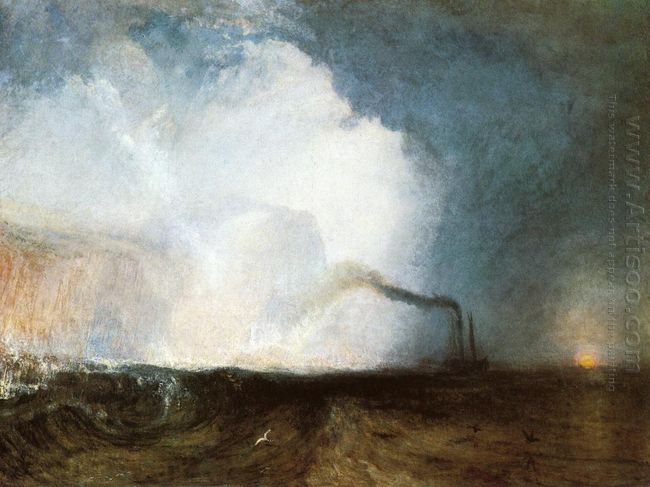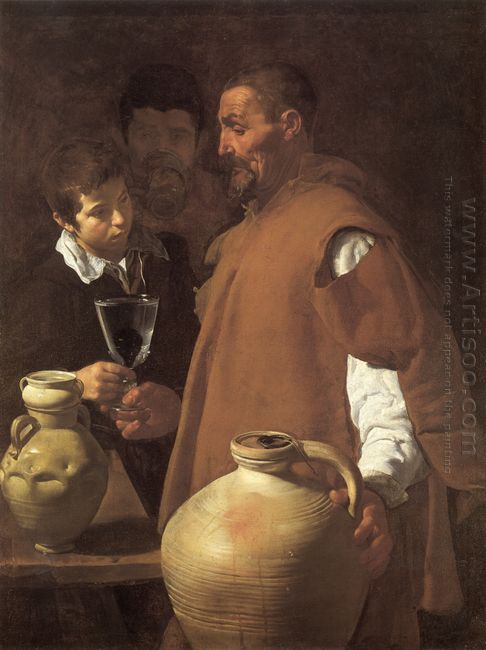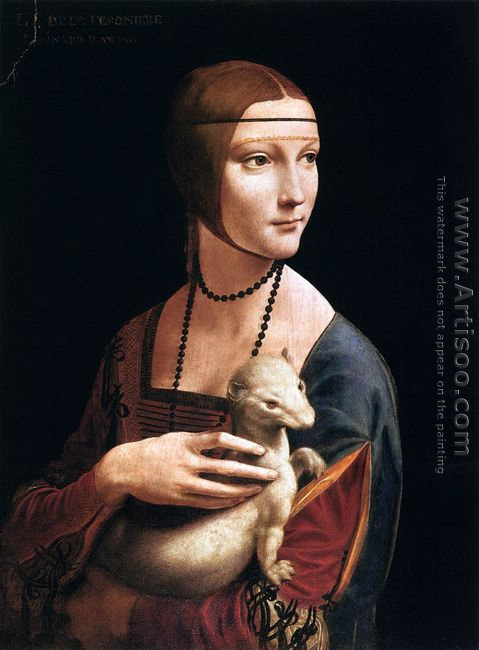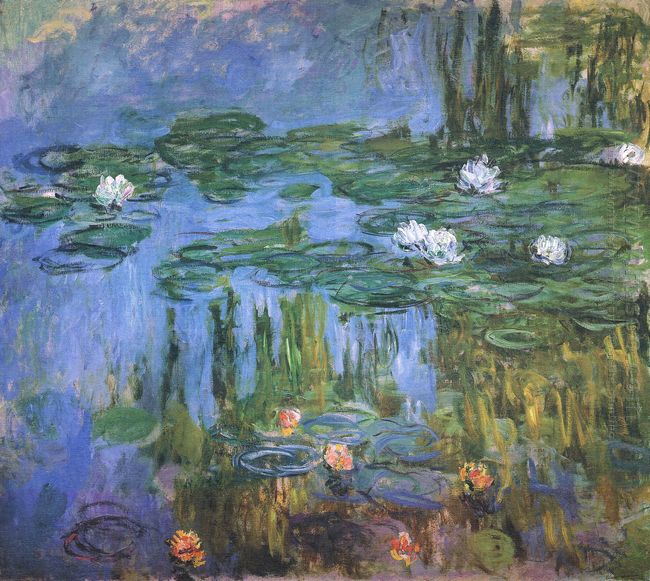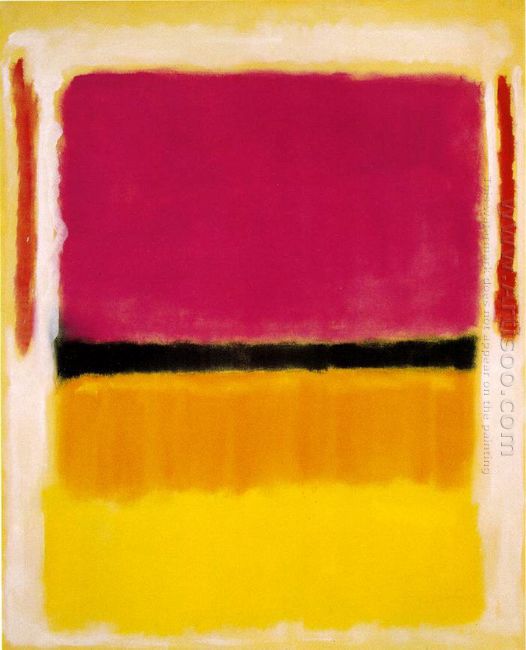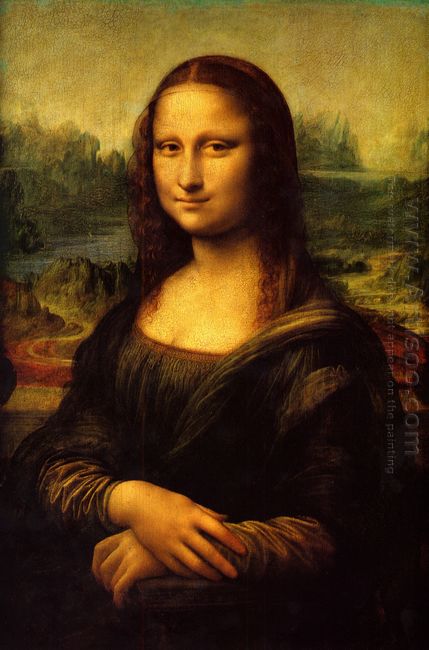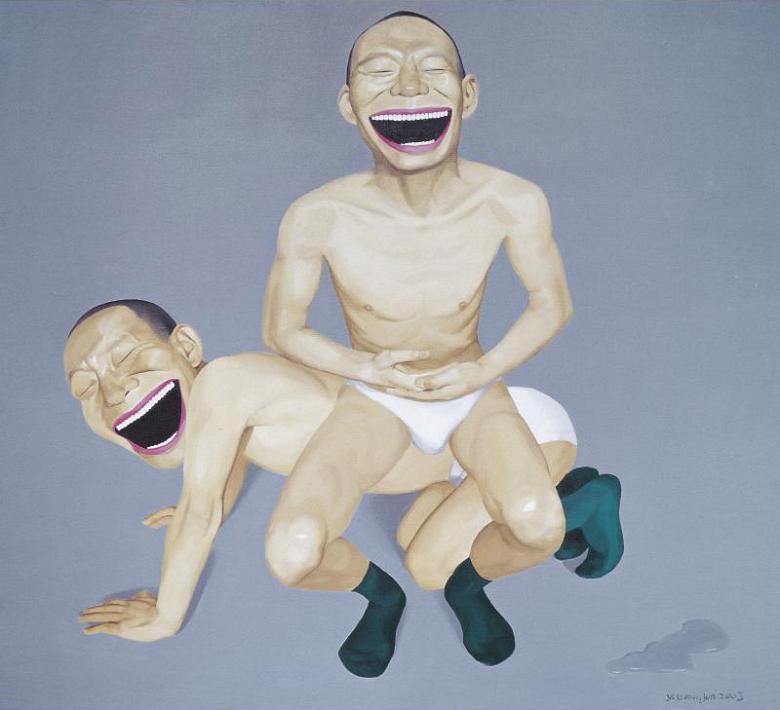Millet used an original look to observe the nature and was against the idea that noble paintings should reflect the upper class people. Sower depicted in the desolate cornfield, the sower sowing the seeds of hope. The birds were flying in the air and looking for food, seemingly contesting with the seeds, which showed a magnificent picture of the man and the nature.
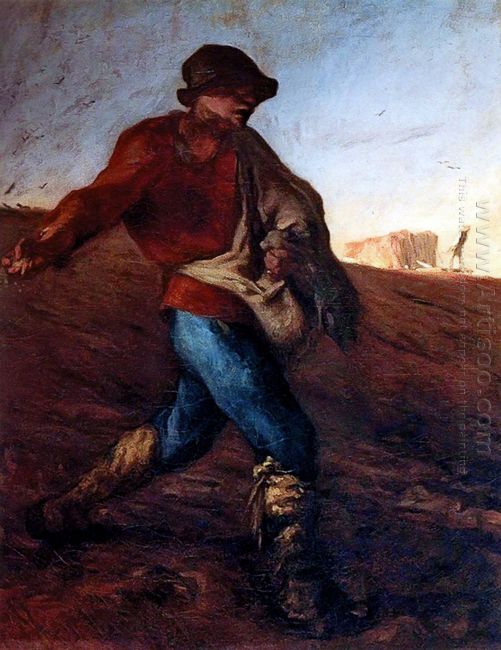 |
| Sower |
Millet never painted scenes of the peasants revolt, perhaps this was due to the presence of religious sentiment in his good-matured humanity. But the image of ordinary people with callous hands and feet and coarse clothes in Miller painting was a kind of struggle of voluptuous and debauchery society, although this resistance was relatively mild. That is what Sower wishes to convey.
For more Miller famous oil on canvas reproductions, please visit www.artisoo.com
